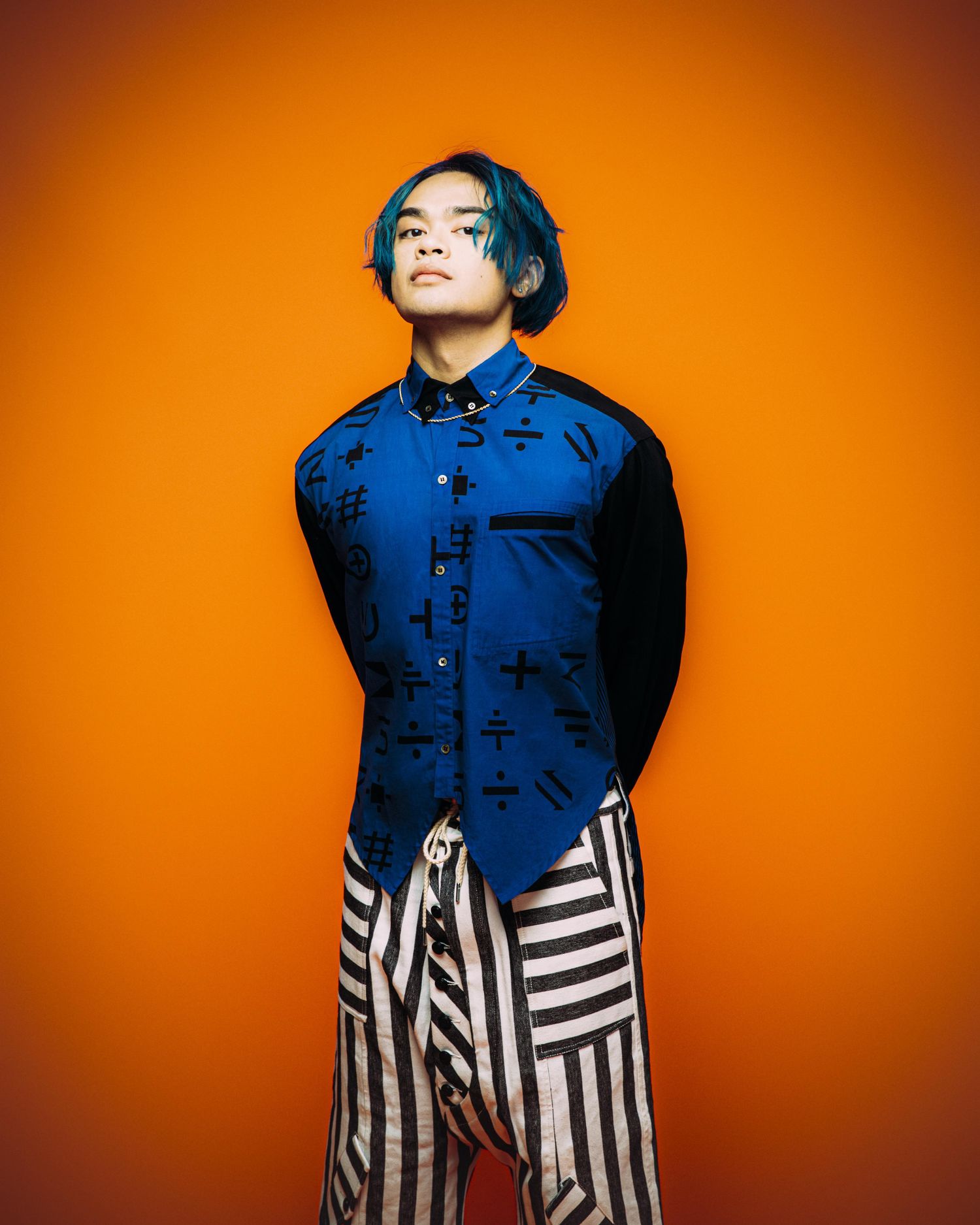We’d love to bring to you untold: defining moments of the uprooted, a new book about the South Asian community from Mango & Marigold press. Mango & Marigold is an award-winning independent publishing house of South Asian and multicultural stories. It is also one of the only Asian-owned publishers in the country.
Untold is a young adult anthology that celebrates AAPI Heritage, mental health awareness, and the LGBTQ community. It explores the South Asian experiences in North America and the UK of identity, being, and relationships.

32 emerging voices, 32 unique personal moments and experiences. Untold discusses sexual orientation, gender identity, racism, colorism, mental health, suicide, and cultural collision between the East and the West.
We reached out to Julie Lalwani, Subrina Singh, and Duriba Khan (three writers from the book) and asked them to share their thoughts and journeys of compositions.
It all started with the urge to share
Kulture Hub: What made you decide to write down your stories and share them with the public?
Julie Lalwani: I did not see a lot of representative stories that discussed the corrosive impact of racism in the South Asian community. Whenever I wanted to discuss it with my fellow South Asian friends, no one wanted to really acknowledge that our community was subject to racism. The isolation I felt because of their silence, prompted me to act, or, rather, write.
Subrina Singh: I was diagnosed with bipolar disorder at the age of 16 and I didn’t start sharing it publicly until I was 23. During that time, I felt alone, inferior, and defected. I decided to share my story because I wanted others suffering with a mental illness to know they are not alone. Sharing my story gave me a sense of relief and made me start to accept my disorder and how it affected my identity. I wanted to share my story and journey with suicide to normalize the conversation.
Duriba Khan: As an avid reader growing up, I constantly searched for myself in coming-of-age stories, usually written by predominantly white authors. I tried so hard to relate to the characters I read about. I even compared my own life to theirs. Eventually, I reached the conclusion that the stories of those who looked and felt like me were simply not worth telling.
The biggest challenges in the process of creation
KH: What are the biggest challenges you had in your writing process and what are the three things you enjoy the most about your story?
JL: Writing is deeply personal, to the point of catharsis, to me. So it is a challenge to bare so much of what I feel to total strangers. ‘Will they understand? Will they accept me?’ I often wonder that.
SS: The biggest challenge I had in writing my story was being raw and real while also trying to not trigger others. Three things I enjoy the most about my story is honoring my sister who I write about, being 100% honest and writing without shame.
DK: “Log kya kahenge,” the sentiment of “what will people say?” has held me back in every single art form I have explored, especially writing. When writing, I often find myself explaining my raw-est thoughts. Then rewriting a more digestible version I could offer my grandfather to read with a cup of tea. Although tiresome, this process reminds me of how oftentimes history is rewritten in the same way; The uncomfortable parts omitted or diluted, and what remains is a tainted version of the truth.
The clash of cultural identity and “Otherness”
KH: How do you define your cultural identity? How do you cope with ‘otherness’ in the Western world?
JL: I am a first-generation South Asian woman whose parents came to this country with $7 in their pockets and all their worldly possessions in two suitcases. We were taught in many different ways to value the characteristics that made us seem “Western” and, yet, had to adhere to the rigid patriarchal constructs of India when it came to sex, marriage and our bodies.
“Otherness” is such a tricky, complex construct for me. I think I am still making peace with my “otherness”. It seems to be an ever-evolving process that has me vacillating between being proud of who I am to struggle with what I see in myself.
SS: My dad is Guyanese, my mom is Trinidadian, and I do identify as Indo-Caribbean. I do not feel the need to cope with otherness in the Western World. I grew up in a diverse community and have always been very used to being the token Indian girl.
DK: First, I’m an Indian-Pakistani-American Muslim woman. Secondly, I am a budding lawyer, daughter, sister, and writer. Because I lived a pretty sheltered life in my own South-Asian Muslim bubble growing up, I rarely felt “othered” in the Western word. In high school that bubble popped. Now, I find myself coping with otherization through acceptance, community, and art. Combined, these forces remind me that for every person who deems me “the other,” there are hundreds who place a hand on my shoulder and coo “you will never be alone.”
Being South Asian in Western society
KH: What do you think are the most underrepresented experiences of the South Asian community in Western society?
JL: I think the most underrepresented experiences of the South Asian community are the ones that Western society has no point of reference for yet. So, the West understands their definition of racism. But do they understand ours? No, I don’t think so. In so many ways we still tell our stories through the lens of what the West will comprehend. Almost as though we are still the conquered East waiting on the overindulged West to emotionally “get us”.
SS: I think the entire experience growing up South Asian in America is unrepresented. The blending of two identities and two cultures is a challenge. I know for me, while I was dealing with a mental illness and navigating both of my identities I struggled. I always felt it would have been easier to simply be American while dealing with the challenges of being bipolar.
DK: In representing the South Asian experience, Western society reduces every province, village, and community to one, generalized “South Asian” archetype, embodied by spicy food, Bollywood, sitars, and holi. It is true that some of us are these things, but we are so much more. In the future, I hope to witness representation of frequently ignored communities such as Indo-Carribbeans, Shia Muslims, and so many other minority groups that are part of what makes South Asia a sight to see.
As South Asian women, they empower each other
KH: What can be done to support South Asian women in real life?
JL: I think it depends on the women we are trying to help. The question, in some ways, makes me feel inadequate. I keep wanting to answer with what I have done and not with what I can do. I know I feel deeply connected to each South Asian woman I have the privilege to meet. She feels like a sister to me and all I want is for her to live as fully as possible.
DK: Listen to their stories. Pass the mic. Give them a platform to showcase how brilliant they are. Additionally, invest in them. You can support South Asian women-led businesses by purchasing from them. Additionally, you can sign up through a relief aid program that financially funds education for young girls in South Asian countries. The possibilities to support South Asian women is truly limitless – so I urge you to help in any capacity you can.
SS: South Asian women can be empowered by allowing them to be heard. Letting them tell their stories and supporting their work is all part of the process. I am so grateful to Brown Girl Magazine for the continuous support and love. Through my writing and telling of my journey, I feel empowered.
Changes in the South Asian Community
KH: If you can bring constructive changes to the South Asian community in your country, what would you improve or change or start over?
JL: I believe the world lives around us and within us. Within myself, I would wish for more courage, recognition of strength and kindness. If we flipped that analogy outward, I would want the same. Kindness, not just the appearance of it. Courage to change, not the conversation of it. Recognition of the strength it takes to break the bonds of racism, not obligation of the West’s guilt in perpetuating it.
DK: I would improve upon rampart issues like colorism that affect and are ingrained in the minds of young girls every day. Additionally, I would remind my community that they will never be able to stand up to oppression against them if they cannot do so for others. Solidarity with other non-white groups facing similar issues when growing up is imperative to securing our freedoms.
SS: There is so much negativity associated with mental illness and suicide; I wish I could change the conversation and how we speak about these topics. I think by doing so, we would create a more open society and I believe it would help those suffering greatly.
The trailblazing mission of making the South Asian community visible
“Moments that reveal, bone by breath, the beating heart of a life, that launch us into new lives. Land us into ourselves.”
Tanuja Desai Hidier, Foreword, untold: defining moments of the uprooted.
Who gets to determine the idea of home and belonging? Who is to give the voice to speak for your culture and identity?
After 9/11, brownness has become such a sensitive visual term. While part of society chooses to reject, some simply marginalize the entire experience and render it nearly invisible.
While the overall brown community suffers from silence and misunderstanding, brown women bear such reality with extra complicity. The richness of their ancestral history and the complexity of their cultural identities and gender roles in the current moment are both of their gifts and burdens.
As Tanuja Desai Hidier notes, “Brownness was a complicated experience outside of this whitewashed world too.” The constant feeling that not being Indian enough to write the Indian part of the story and not American enough to write the American side is indeed frustrating, but maybe it is this in-between identity that makes their experiences so unique and inspiring.
The 32 writers open up their vulnerability to the public with great courage. They talk, seek, cry, and speak their truths. By translating their emotions and memories into genuine words, they make the silence into beautiful sounds.
In their stories, brownness is celebrated and the untold is revealed.

















































